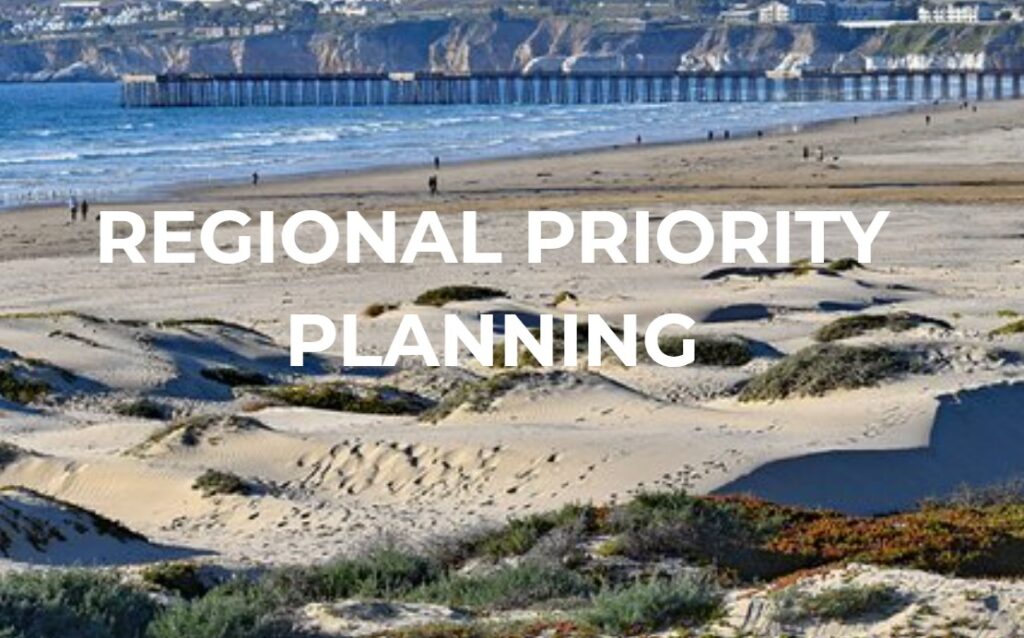Building Wildfire Resilience Together in San Luis Obispo County
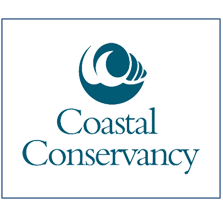
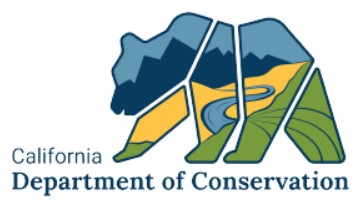
San Luis Obispo County is no stranger to wildfire risk. From our coastal hillsides to inland valleys and forests, we live in a landscape that requires us to be proactive in protecting both people and places we care about. That’s why the San Luis Obispo Fire Safe Council (SLOFSC), together with the Department of Conservation and the Costal Conservancy along with a wide network of partners, is advancing a Regional Priority Plan (RPP) to guide wildfire resilience work across the county.
The RPP complements the County’s Community Wildfire Protection Plan (CWPP) and Local Hazard Mitigation Plan (LHMP), turning broad countywide goals into actionable regional priorities. It is a living document, updated regularly with the latest science, community feedback, and lessons learned from the field.
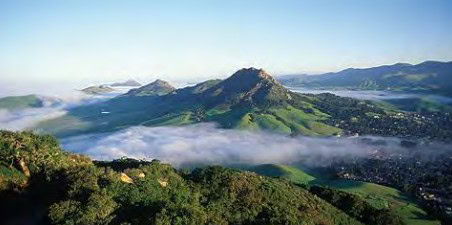
What Makes This Effort Different?
The RPP emphasizes collaboration across all lands—city, county, state, federal, tribal, and private. By bringing everyone to the table, from government agencies to California Native American tribal governments, cultural practitioners, landowners, and community members, we ensure projects reflect local needs while aligning with statewide strategies. SLOFSC is also proud to partner with the California State Coastal Conservancy, and the California Department of Conservation helping to ensure that wildfire resilience efforts along our coastal zones balance safety, environmental protections, and community values.
How Projects Are Identified
Landscape conditions are assessed using a combination of Task Force regional profiles, resource kits, local knowledge, and community input. Projects are then prioritized based on readiness, multiple benefits, cross-jurisdiction coordination, and stakeholder support. This transparent process helps direct resources where they will have the greatest impact.
FireShed Project
The SLO County FireShed Project was developed by the San Luis Obispo Fire Safe Council in partnership with CAL FIRE, local agencies, and community stakeholders to provide a consistent, countywide framework for wildfire planning. By dividing the county into 37 distinct firesheds across five regions, the project uses data on vegetation, topography, fire history, weather, and community assets to better understand local fire behavior and risks. The FireShed Report, paired with the online Fireshed Dashboard, gives planners and communities a powerful tool to identify, prioritize, and align projects across jurisdictions. Together, these resources move planning from high-level strategies to on-the-ground implementation, ensuring that wildfire resilience efforts are data-driven, collaborative, and effective
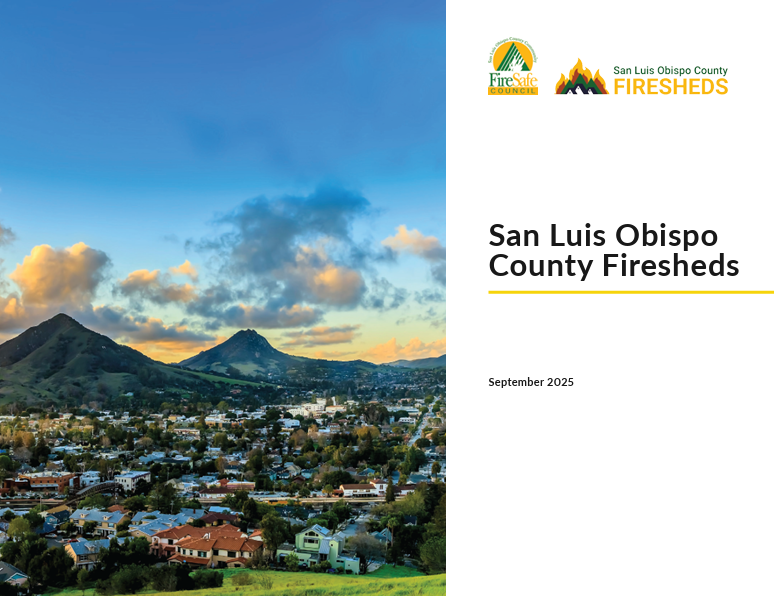
https://firesafeslo.org/wp-content/uploads/2025/09/Fireshed-Report_9.25.25.pdf
Portfolios of Projects – A Preview
- Coastal WUI: Fuels reduction and evacuation route clearing in Pismo Beach, Los Osos, and nearby communities.
- Inland Forest & Watersheds: Thinning, prescribed fire, and habitat restoration to improve forest health and water quality.
- Community Protection Zones: Home hardening, defensible space, and neighborhood-scale treatments in high-risk areas.
- Evacuation & Access: Roadside vegetation management and infrastructure protection to ensure safe evacuation routes.
- Tribal & Cultural Projects: Cultural burning and stewardship guided by tribal governments and practitioners.
- Agriculture & Rangelands: Grazing and fuel breaks to reduce wildfire spread while supporting working lands.
Why It Matters
This plan isn’t just about cutting brush or hardening homes—it’s about building socio-ecological resilience. That means protecting lives and property, restoring ecosystems, honoring cultural traditions, and sustaining our economy. It also means recognizing that in different places, different priorities may weigh more heavily: safety first in some neighborhoods, ecological restoration in others.
Moving Forward
As the RPP evolves, SLOFSC will continue to engage communities through meetings, workshops, and surveys to keep the process inclusive and transparent. By working together with partners like the California State Coastal Conservancy, and many others, we can ensure San Luis Obispo County is better prepared for the wildfire challenges of today and tomorrow.

